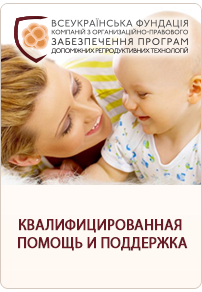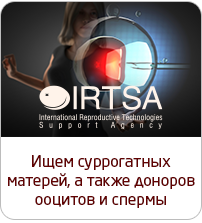Spring Is the Best Season for IVF
Infertile couples undergoing in vitro fertilization might have more success if the procedure is performed in the spring.
Research published in July's Gynecological Endocrinology found the rate of fertilization was significantly higher in spring than any other season, though time of year had no effect on pregnancy rates. Natural reproduction also varies with the seasons; it is believed the number of hours of sunlight in the day and temperature variations affect fertility.
Researchers compared seasonal fertilization rates in 1,932 women who underwent intracytoplasmic sperm injection, or ICSI, in Brazil from 2005 to 2009. ICSI involves the injection of a single sperm directly into an oocyte, or unfertilized egg, outside of a woman's body.
Subjects were organized into groups according to the timing of oocyte retrieval: 435 were assigned to winter, 444 to spring, 469 to summer and 584 to autumn. Fertilization, the fusion of sperm and egg to form an embryo, was assessed 18 hours after ICSI.
The rate of fertilization was 73.5% in spring, 68.7% in summer, 67.9% in winter and 69% in autumn. Ovarian response to ICSI hormone treatments, a measurement of estrogen concentration per number of retrieved oocytes, was higher in spring compared with other seasons, tests showed. Following fertilization, one to three embryos were transferred into the woman's uterus.
The procedure resulted in an average pregnancy rate of 33% for all seasons.
The study didn't explore the role of sperm in seasonal fertilization rates.
online.wsj.com
- The central office of IRTSA Ukraine completely restores work
- How we work during the COVID-19 pandemic
- 1st International Congress on Reproductive Law
- Soon Americans may face a new ethical dilemma
- ‘Friends’ star Jennifer Aniston is pregnant with twins
- Image processing technology can impact the success rates of ivf
- Editing genes of human embryos can became the next big thing in genetics
- Supermodel Tyra Banks undergoes IVF
- Scientists discovered a new, safer way for egg freezing
- French scientists have managed to grow human sperm cells in vitro









